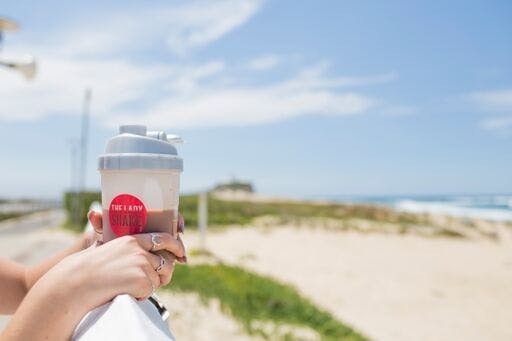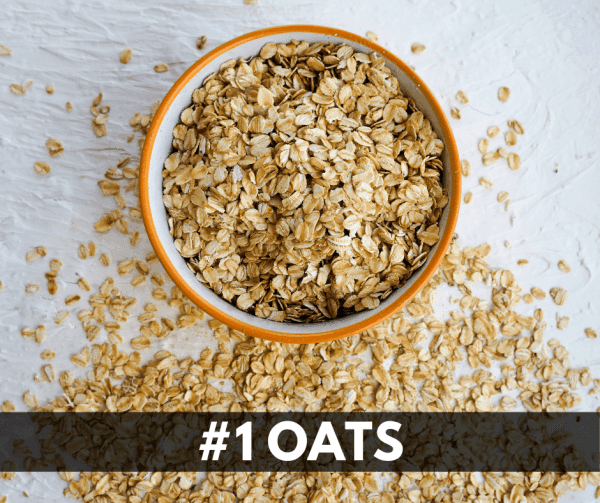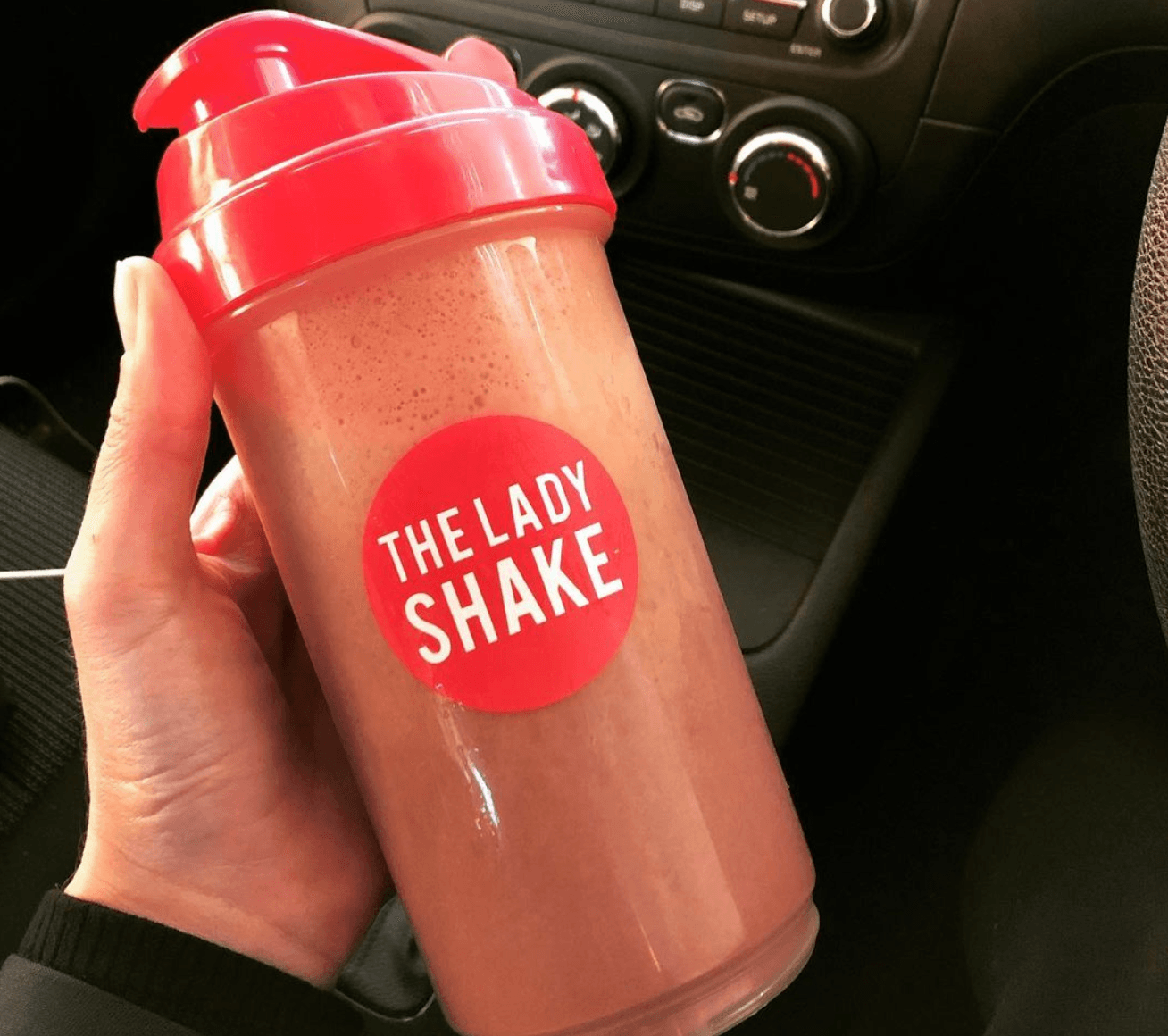Nutritional Information Panel: What To Look Out For
•Food - general

Share
If you’re on a weight loss journey or even just becoming more conscious of your health, you might have started paying more attention to the nutritional information panel – the label on the back of store-bought foods listing the calories and macronutrients. Depending on what kind of diet you’re on you might be hypervigilant about the amount of carbs, sugar or fat, but a lot of people on a weight loss journey look for claims like “low-fat”, “natural” and “lite” which are often misleading.
The selling of food can be manipulative — foods with these claims can still be high in calories, sugar and fat! When you’re doing your next shop, pay closer attention to these.
Serving Size
All store-bought foods will provide nutritional information for serving size. Packaging can be misleading — a lot of cereals, for example, show an overflowed bowl on the front of the packet but the suggested serving size is about a fraction of what the image shows!
Don’t let the imagery fool you, if you want the most accurate nutritional information for any product, you should be measuring or weighing your food. Sometimes the serving size can be too small or maybe too big to support your goals, so pay attention to the size and weigh up whether it's sustainable for you.
Saturated Fat
We need fat to survive, and although packaging may advertise “low-fat”, it can still be full of saturated fat. So when you look at the nutritional information panel, take into consideration how much saturated fat is listed because that’s the “bad” fat – a prime culprit of raising your cholesterol.
Saturated fat should be limited to less than 10% of your daily calories.
Sugars From Carbs
You shouldn’t run from carbs! But what a lot of people don’t realise is that sugar is a carbohydrate. You don’t want to eliminate carbs completely from your diet, even if you’re on a weight loss journey, but you should pay attention to the sugars that come from the carbs. These are what are called simple carbs or “bad carbs”.
You want to be eating foods with a low-sugar content but still provide “good” carbs or complex carbs.
Takeaways
If you’re trying to lose weight it should go without saying you should be conscious of the calories, but diving deeper into understanding the nutritional information panel – it’s important to watch out for the serving size, sugars from carbs and saturated fat content.
Weight loss requires a caloric deficit, but the diet still needs to be balanced, so watch your portions, and make sure to include healthy fats and complex carbs. Food labelling claims don’t always reflect the nutritional value of the product, so go in prepared!






